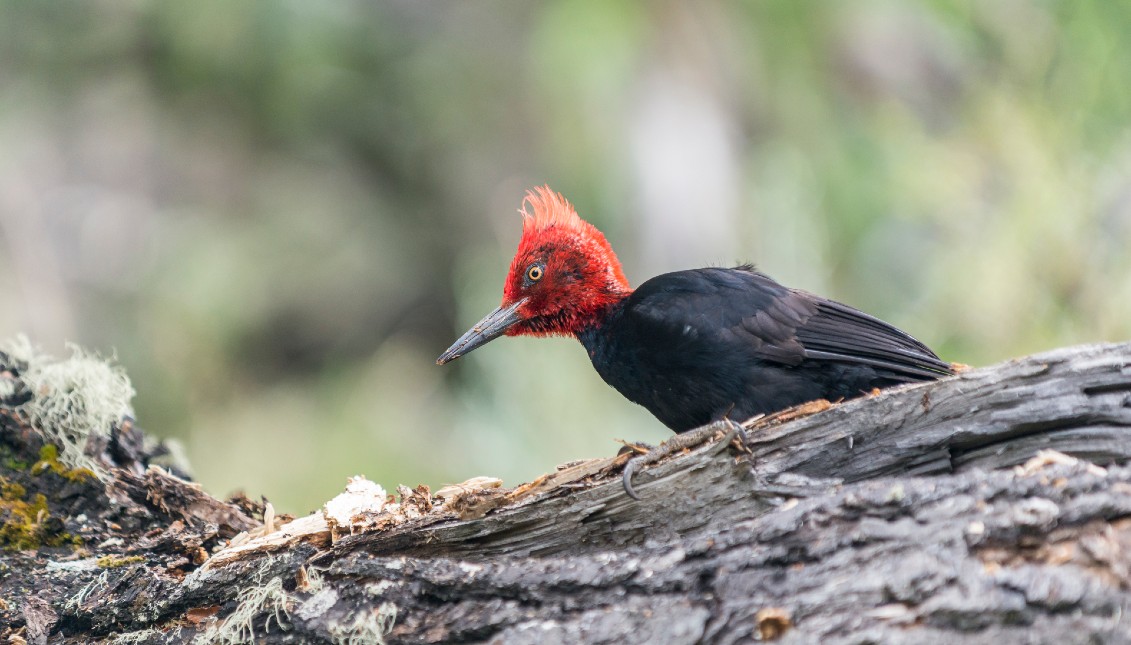
23 plant and animal species declared extinct in the U.S.
The species on the list have not been seen in the wild for more than 20 years.
The U.S. Fish and Wildlife Service made official the extinction of the ivory-billed woodpecker, 10 other bird species, as well as other formerly-endangered mussels, bats and plants. This is the first time so many species have been declared extinct in a single report since the Endangered Species Act was passed in 1973.
Since then, only 11 species have been declared extinct, 48 have been upgraded from endangered to threatened, and 54 have been de-listed because their populations have recovered.
The woodpecker inhabited the southern part of the country, had black and white plumage, with a red crest on males, and measured about 19 inches. Since 1967, it was classified as an endangered species due to the disappearance of the forests where they lived and their capture by collectors. The last time it was seen in the wild was in 1944 in Louisiana.
In 2004 and 2005, expert ornithologists claimed to have seen a specimen of the species in a swampy area of Arkansas, and members of the federal government and other scientists searched for it for years, but there was no way to verify the finding.
Similarly, the other species on the list ceased to be seen from the middle of 20th century until the 1980s, such as the San Marcos gambusia fish, which was last seen in the San Marcos River in Texas in 1983, and disappeared due to pollution.
RELATED CONTENT
But, why does it take so long to declare a species extinct?
Scientists take finding and tracking disappearing species very seriously, and it takes decades for them to conclude whether a certain species is no longer reproducing or could be seen again.
According to the recent Federal Fish and Wildlife Service release, the organization "has determined that these species went extinct," and while most of the 23 species have not been seen for decades, the report "highlights how human activity can drive species into decline and extinction, contributing to habitat loss, over-harvesting, and the introduction of invasive species and disease."
The report also came at the time of an order by President Joe Biden that restored protections for migratory birds that was struck down during the Trump administration. Trump's decision prevented companies and landowners from having any legal consequences if their activities unintentionally killed birds.
This protected, among others, oil companies in case of oil spills or other companies if a bird was killed by crashing into a building, power lines or communication towers.
The report generated mixed reactions among experts and conservationists. Secretary of Interior Deb Haaland said in a statement that "with climate change and loss of natural habitat, more and more species are on the brink of extinction, so now is the time to be more proactive and innovative in efforts to save America's wildlife."











LEAVE A COMMENT: